The Clinician’s Guide to Dreams, Traumatic Memories, Hallucinations, and Intrusive Images by Gary Massey
$219.99 $62.00
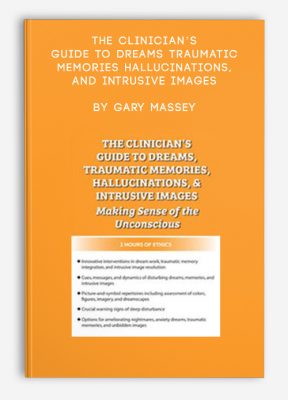
The Clinician’s Guide to Dreams, Traumatic Memories, Hallucinations, and Intrusive Images by Gary Massey
**More information:
Get The Clinician’s Guide to Dreams, Traumatic Memories, Hallucinations, and Intrusive Images at Salaedu.com
Description
Reflections and Traces of the Unconscious
Dream work and therapeutic image modification is an often neglected yet valuable inroad and component to healing, wellness, and effective treatment. You don’t need a breakdown of the mental health statistics to know that disturbing dreams, PTSD flashbacks, traumatic memories, hallucinations, obsessive fantasies, and unbidden intrusive images frequently impact and contribute to personal decompensation, mood/thought dysregulation, at-risk behavior, and interpersonal disturbance. As mental health practitioners, we must lead the way to properly assess, treat, and intervene as necessary with our patients and at-risk clients; yet many mental health professionals are not fully prepared or thoroughly trained for such crucial tasks.
This in-depth course provides the latest research and evidence-based therapeutic tools for effectively intervening with your clients’ dreams, traumatic memories, and unbidden images. Learn innovative and proven therapeutic assessment and intervention methods for effective psychological triage, psychoeducation, and practical daily life coping skills. In conjunction with fine-tuning professional dream work and therapeutic imagery processes and methods needed to meaningfully address and treat your clients, you gain two hours of ethics by examining clinical practice challenges, mistakes, and scenarios. Workshop participants are encouraged to bring their own or a patient’s intriguing dreams or disturbing images for workshop training in more effective dream work and therapeutic imagery processing and integration, while of course maintaining anonymity without specific identifiers.
DREAMS, TRAUMATIC MEMORY, DISTURBING IMAGES & BRAIN FUNCTIONING
- Stages of sleep, brainwaves, and sleep-wake cycle
- Basic neurobiology and brain functioning during dreaming, traumatic memory, and waking imagery with updated research findings
- Psychological models of the human conscious, pre-conscious, personal unconscious, and collective unconscious
- Gender and cultural/ethnic influences and considerations
RISK ASSESSMENT
- Guidelines, formats, and methods at critical junctures of treatment and beyond
- Determining and identifying precursors, stressors, cues, and triggers
THEORIES & INTERVENTION APPROACHES
- Dream, traumatic memory, hallucinations, and intrusive image dynamics
- Freudian, Adlerian, Ericksonian, Jungian, Redecision/TA/Gestalt, Senoi and Creative Problem-Solving theories and approaches
- Intervention and modification guidelines, methods, and techniques
- Indicators of improvement, health, wellness, compensation, decompensation, illness, change, resolution, and realignment
- Application to individual and group psychotherapy
EVIDENCE-BASED TREATMENT METHODS & INTERVENTIONS
TREATMENT & WELLNESS RECOVERY PLANS
- Addressing sleep disturbance and disorders
- Collaborative development and implementation
- Precursors and triggers
- Cues and warning signs
- Practical coping skills
- Patient-family education
- Necessary support person(s) involvement/debriefing
- Social resource enhancement
ETHICAL DILEMMAS
- Practical contextual guidelines
- Ethical challenges
Group case studies exploring pivotal treatment junctures, risk indicators, intervention options, recommendations, and follow-up
More information about Medical:
Medicine is the science and practice of establishing the diagnosis, prognosis, treatment, and prevention of disease.
Medicine encompasses a variety of health care practices evolved to maintain and restore health by the prevention and treatment of illness.
Contemporary medicine applies biomedical sciences, biomedical research, genetics, and medical technology to diagnose, treat, and prevent injury and disease,
typically through pharmaceuticals or surgery, but also through therapies as diverse as psychotherapy, external splints and traction, medical devices, biologics, and ionizing radiation, amongst others.
Medicine has been around for thousands of years, during most of which it was an art (an area of skill and knowledge) frequently having connections to the religious and
philosophical beliefs of local culture. For example, a medicine man would apply herbs and say prayers for healing, or an ancient philosopher and physician would apply bloodletting according to the theories of humorism.
In recent centuries, since the advent of modern science, most medicine has become a combination of art and science (both basic and applied, under the umbrella of medical science).
While stitching technique for sutures is an art learned through practice, the knowledge of what happens at the cellular and molecular level in the tissues being stitched arises through science.
1 review for The Clinician’s Guide to Dreams, Traumatic Memories, Hallucinations, and Intrusive Images by Gary Massey
Add a review Cancel reply
Related products
HEALTH - FITNESS - LIFESTYLE - MEDICAL
HEALTH - FITNESS - LIFESTYLE - MEDICAL
HEALTH - FITNESS - LIFESTYLE - MEDICAL
HEALTH - FITNESS - LIFESTYLE - MEDICAL
HEALTH - FITNESS - LIFESTYLE - MEDICAL
HEALTH - FITNESS - LIFESTYLE - MEDICAL

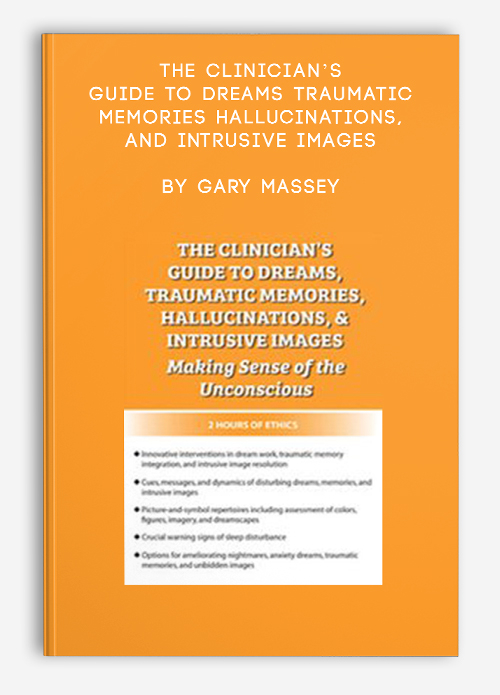
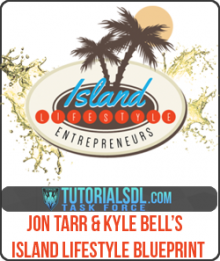

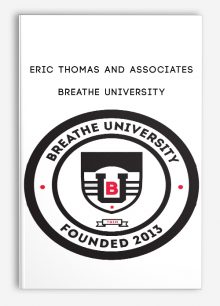

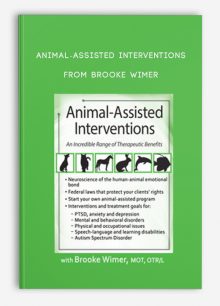

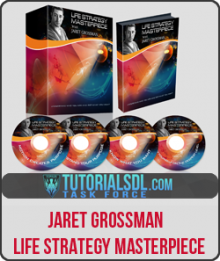
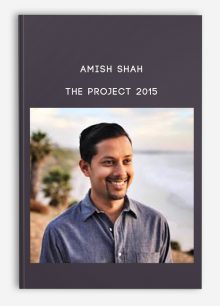
Trevis Trevis –
We create this shop with the mission: Bring the courses to 500 millions of people in the world, to help them awake their power and change their